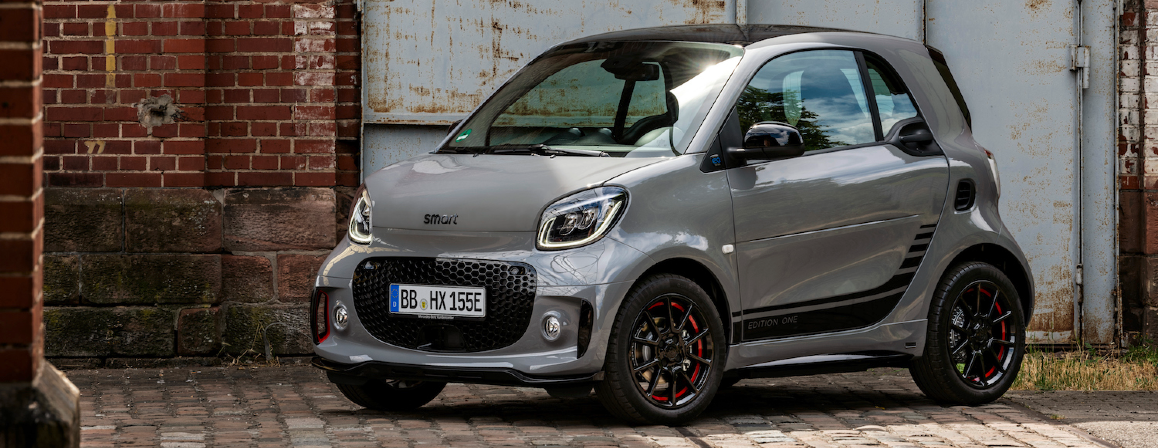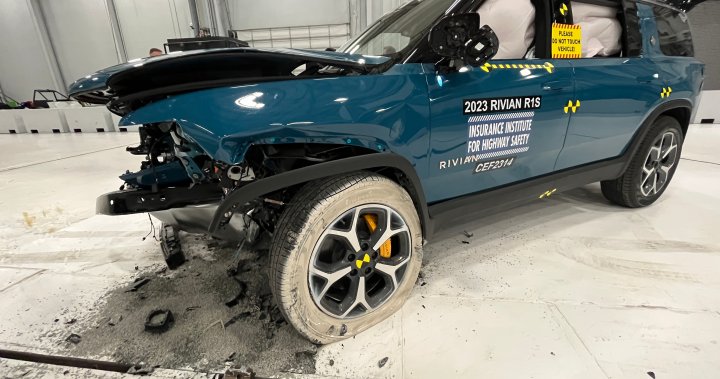evandyk
Senior Member
If the Gardiner is too full because of construction and you can’t provide more Gardiner capacity, providing better streetcars (and Go service) is the obvious solution.
"Many"? The most common one, the Model Y, is 1847kg/4070lbs. Model X is not very common comparatively, and it is 5648lb. I think you have to be in a pickup size before weight exceeds 6000 lbThe Humvee is extreme, but the electric SUV trend is where were are headed, and many easily top out over 6000lbs.
The Mercedes-Benz EQS 580, the Rivian R1S, BMW i7, Cadillac Lyriq are all over 6000lbs, and others push really close like the Kia EV9 (5839lbs)."Many"? The most common one, the Model Y, is 1847kg/4070lbs. Model X is not very common comparatively, and it is 5648lb. I think you have to be in a pickup size before weight exceeds 6000 lb

This could be fixed with legislation. I rather doubt that will happen, but it could. Higher weight vehicles also cause more damage in the inevitable accidents they are involved in.The Mercedes-Benz EQS 580, the Rivian R1S, BMW i7, Cadillac Lyriq are all over 6000lbs, and others push really close like the Kia EV9 (5839lbs).
And yes, the pickups are generally heavier. The *lightest* model of the F-150 Lightning is over 6000lbs, and the heaviest just under 7000. The upcoming Dodge RAM 1500 REV is estimated to be 7500lbs.
Unless the trends really start changing (and car companies decide to stop selling high-margin "light truck" class vehicles), we're aiming to have a heavier weight burden on all infrastructure. In case anyone's missed it, light trucks (including SUVs) now account for more than 80% of new car sales in Canada.

Of course, but those vehicles will also likely be heading the electric route over the next decade or two as well, and will require absolutely massive batteries to pull cargo.in terms of road wear, 95% of wear will still come from large work vehicles as damage works on a exponential, not linear scale from weight.
None of those vehicles are selling all that well. R1S is the SUV version of a pickup truck. Rivian is making a smaller SUV which will sell much better. I guess Escalades also weigh about 6k lbs. EVs are generally perhaps 10-15% heavier currently. Batteries are getting lighter so that gap should close.The Mercedes-Benz EQS 580, the Rivian R1S, BMW i7, Cadillac Lyriq are all over 6000lbs, and others push really close like the Kia EV9 (5839lbs).
And yes, the pickups are generally heavier. The *lightest* model of the F-150 Lightning is over 6000lbs, and the heaviest just under 7000. The upcoming Dodge RAM 1500 REV is estimated to be 7500lbs.
Unless the trends really start changing (and car companies decide to stop selling high-margin "light truck" class vehicles), we're aiming to have a heavier weight burden on all infrastructure. In case anyone's missed it, light trucks (including SUVs) now account for more than 80% of new car sales in Canada.

Yeah, pedestrian deaths have gone up quite a bit with the SUV trend started.The heavier ones are also outside the effective limits for all the guardrails lining highways. They're designed for 5,000 lbs.
And god knows what they'll come up with to protect pedestrians from EVs in front of Union Station

None of those vehicles are selling all that well. R1S is the SUV version of a pickup truck. Rivian is making a smaller SUV which will sell much better. I guess Escalades also weigh about 6k lbs. EVs are generally perhaps 10-15% heavier currently.


Batteries are getting lighter so that gap should close.
studies have shown that while SUVs are worse for pedestrian safety, it's only a marginal contributing factor.Yeah, pedestrian deaths have gone up quite a bit with the SUV trend started.
And that’s not to mention newer high-hood pickups that shield the driver from seeing a 5-year old 10 feet away.

America's cars and trucks are getting bigger, and so are their blind zones. Kids are paying the price.
Every year, many kids get hit and die when their parents can’t see them in their front blind zones. A senator wants to pass a law requiring safety features to prevent these accidents.www.nbcnews.com
Why we haven’t bothered to put more regulation on the “light truck” class is beyond me. Even standardized bumper height, visibility requirements or weight limits for non-commercial vehicles seem completely reasonable, but yeah… Drivers will always get priority.
Obviously just my opinion but people being more "squeezed" in day to day life, in addition to worsening traffic means people are making more high risk low reward moves. I see so many people not even slowing down at a red light when making a turn, etc.studies have shown that while SUVs are worse for pedestrian safety, it's only a marginal contributing factor.
IIRC the shift to SUVs in the US market has resulted in something like "only" 20-50 additional pedestrian deaths a year. The theory is that there are other contributing factors to skyrocketing pedestrian deaths - honestly I think more of it has to do where Americans are living (southern, extremely pedestrian hostile environments) and distracted driving.
Also - Pedestrian deaths in Canada have been largely falling - going from 304 in 2017 to 280 in 2021:
Canadian Motor Vehicle Traffic Collision Statistics: 2021
Canadian Motor Vehicle Traffic Collision Statistics: 2021tc.canada.ca
The difference between Canadian and US traffic fatality rates couldn't be more stark - they are a world apart. Canadian traffic fatalities continue to trend substantially downward, even for pedestrians, while US numbers continue to increase.
perhaps, but ancedotes are not evidence. Canada's road fatality rate in absolute numbers continues to drop quite substantially. Fatalities have dropped 38% and injuries have dropped a whopping 51% since 2002 in gross numbers, and per capita by even larger amounts. And this trend is continuing.Obviously just my opinion but people being more "squeezed" in day to day life, in addition to worsening traffic means people are making more high risk low reward moves. I see so many people not even slowing down at a red light when making a turn, etc.
I wonder how much this has to do with lowering the speed limits? 50 vs 40 can be the difference between death or a few weeks in the hospital.perhaps, but ancedotes are not evidence. Canada's road fatality rate in absolute numbers continues to drop quite substantially. Fatalities have dropped 38% and injuries have dropped a whopping 51% since 2002 in gross numbers, and per capita by even larger amounts. And this trend is continuing.




